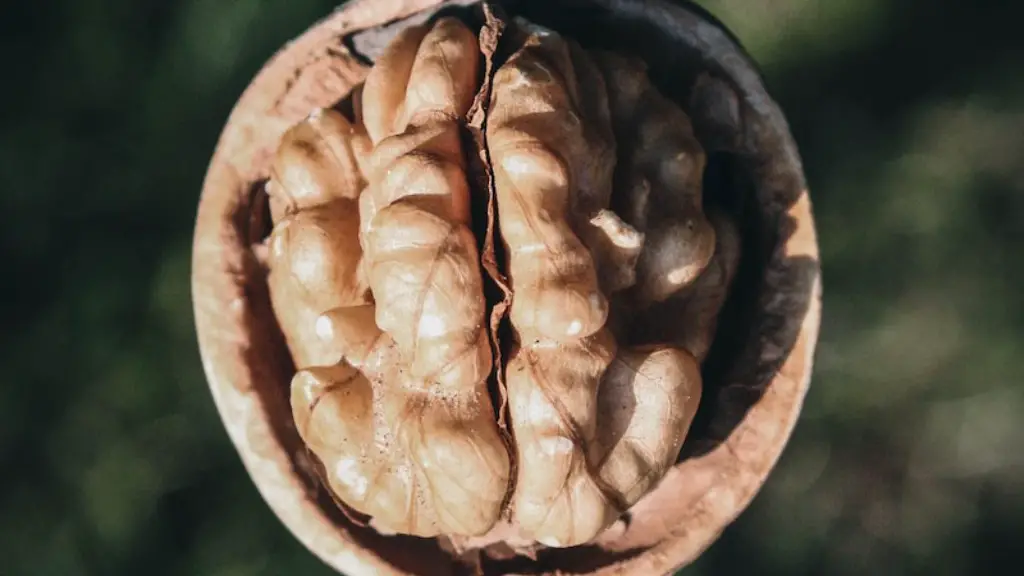Planting a lemon tree indoors is a great way to enjoy both beautiful foliage and delicious fruit. It requires some preparation and maintenance to ensure success, but with a few simple steps, it’s easy to get your indoor lemon tree off to a good start. Here’s how to get started.
First, you’ll need to choose a lemon tree. Look for a tree that’s 2-3 years old. That way, it has had time to grow in a container and should be more resistant to pests, diseases, and other problems. You can purchase a lemon tree at most garden centers and online.
Next, you’ll need to prepare the soil. Make sure the soil is light and well-draining, as lemon trees do not like to be waterlogged. Add some organic matter such as compost, and mix it in with the soil before planting.
Once the soil is ready, it’s time to plant the lemon tree. Place the tree in the container with the roots pointed downward and spread out. Firmly pack the soil around the tree, making sure there are no air pockets. Peat moss mixed with soil can provide some additional structure, as it will hold moisture while still allowing the soil to drain quickly.
Now that your lemon tree is planted, it is important to provide the correct amount of water. Aim for a deep watering once a week. The best way to tell if the tree needs more water is to stick your finger into the soil to check for dryness about an inch below the surface.
In addition to water, your lemon tree needs plenty of sunlight. Place it near a south-facing window, as it will need 6-8 hours of direct sunlight each day. You can turn the container every couple of weeks to make sure the light is evenly distributed.
Finally, regular fertilizing is essential for a healthy indoor lemon tree. Look for a fertilizer specifically made for citrus trees and follow the instructions on the package. This should be done every two weeks during the growing season and every 6-8 weeks during the winter months.
Signs of a Problem:
If you notice discoloration, yellowing or brown spots on the leaves, this is most likely a sign of pests or disease. Scale insects and spider mites are two of the most common pests of indoor lemon trees. To get rid of them, use an insecticidal soap or horticultural oil.
If your lemon tree is droopy or yellowing, it may not be getting enough light or water. Move it to a sunnier spot and make sure to water regularly.
If the leaves of your lemon tree start to fall off, it could be a sign of nutrient deficiency. Check the soil and make sure it’s full of organic material such as compost. You can also add citrus fertilizer to help provide the necessary nutrients.
Harvesting the Lemons:
When the tree begins to produce fruit, it’s important to wait until they are ripe before harvesting. A ripe lemon will be deep yellow and may even develop a slight pinkish hue. They will also be slightly softer to the touch than when they are unripe.
To harvest, cut the stem with a pair of pruning shears and leave enough stem on the fruit so that it can still get some nutrients from the tree. You can store ripe lemons in the refrigerator for up to 2 weeks.
Pruning:
Pruning your indoor lemon tree is important for encouraging healthy growth and producing more fruit. Prune any dead or damaged branches and remove any suckers that are growing from the rootstock. Also, remove any stems that have downward-facing foliage or a weak structure.
It’s also important to thin out the excess growth, as this will help the plant to focus its energy on producing fruit. If you notice that some of the branches are overcrowded, cut them back to allow more airflow and sunlight to reach all parts of the plant.
Transplanting:
Eventually, your lemon tree may outgrow its container and need to be transplanted. The best time to do this is in the spring, just before the growing season begins. Use a pot or container that is at least twice the size of the original one. Make sure it has drainage holes and fill it with a light and well-draining potting mix.
Carefully remove the tree from the container and shake off any excess soil. Plant it at the same depth as it had been before and firm the soil around it. Water it thoroughly and make sure any new growth is pinched back so that the tree can focus on becoming established in its new home.
Cold Protection:
If you live in a cold climate, your lemon tree may need protection from frost or freezing temperatures. Cover the tree with a blanket or tarp on cold nights and make sure it’s well insulated against the cold. You can also move the tree indoors during periods of sustained cold.
In short, planting a lemon tree indoors is a rewarding experience that can provide you with both beautiful foliage and delicious fruit. With a bit of preparation and maintenance, you can get your indoor lemon tree off to a good start and enjoy the fruits of your labor for years to come.




